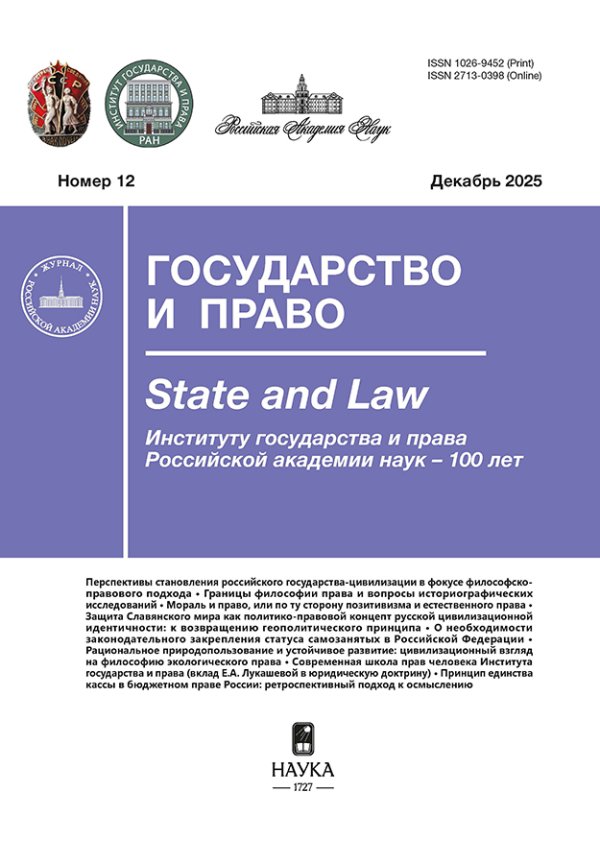Intellectual property statute in Private International Law
- Authors: Lisitsa V.N.1
-
Affiliations:
- Institute of the State and Law of the Russian Academy of Science
- Issue: No 7 (2023)
- Pages: 139-146
- Section: Law and international relations
- URL: https://journals.rcsi.science/1026-9452/article/view/141248
- DOI: https://doi.org/10.31857/S102694520026811-3
- ID: 141248
Cite item
Full Text
Abstract
About the authors
Valeriy Nikolaevich Lisitsa
Institute of the State and Law of the Russian Academy of ScienceRussian Federation, Moscow
References
- Гетьман-Павлова И.В. Коллизионное регулирование в праве интеллектуальной собственности // Вестник МГПУ. Сер.: Юридические науки. 2008. № 2 (2). С. 96.
- Канашевский В.А. Международное частное право. М., 2019. С. 752 - 755.
- Крупко С.И. Модификации и толкование коллизионных факторов, основанных на коллизионном принципе lex loci protectionis: сравнительно-правовой аспект // Труды ИГП РАН. 2020. Т. 15. № 5. С. 79–82.
- Луткова О.В. Специальные коллизионно-правовые принципы регулирования трансграничных авторских отношений // Lex russica. 2018. № 2 (135). С. 131.
- Маковский А.Л. О кодификации законодательства об интеллектуальной собственности // Закон. 2007. № 10. С. 5 - 12.
- Право интеллектуальной собственности / под ред. Л.А. Новоселовой. М., 2022. C. 24 - 29.
- Шахназаров Б.А. Общая характеристика системы коллизионно-правового регулирования объектов промышленной собственности // Актуальные проблемы росс. права. 2019. № 2 (99). С. 153.
- Leanovich E.B. Intellectual property rights in the Internet: extraterritorial recognition or new conflict of law rules // Journal of the Belarusian State University. International Relations. 2017. No. 1. P. 81.
Supplementary files










